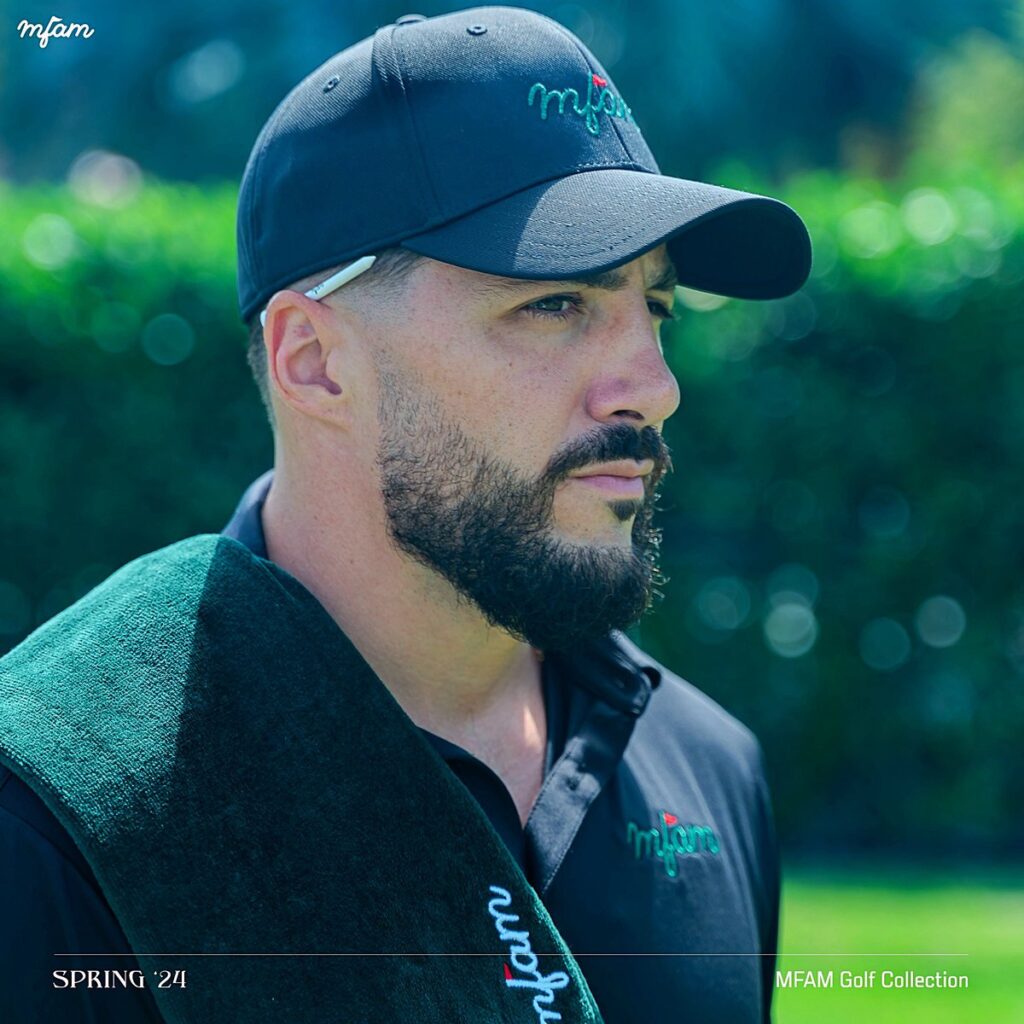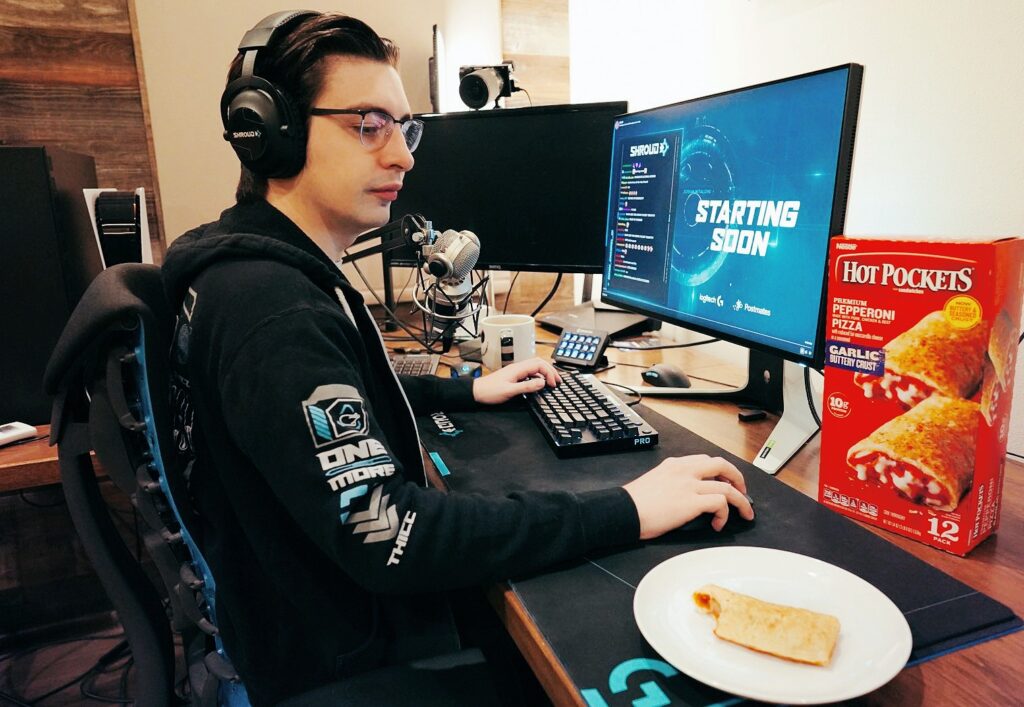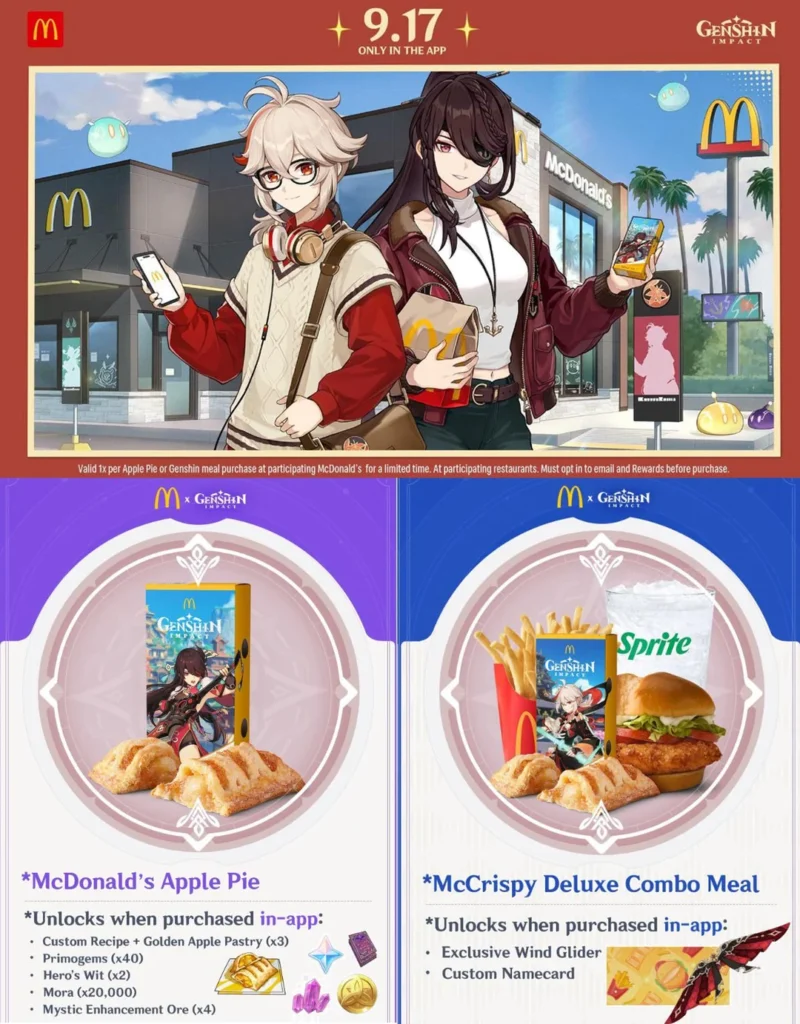This is the fourth part of a series covering terms core to effective gaming marketing strategies and campaigns.
The objective is to learn their meanings and gain insights that help navigate this dynamic space!
Please see part one here, part two here and part three here. Since those terms are mentioned below.
Gaming lifestyle
The gaming lifestyle is the collection of behaviors across the worldwide gaming community. That means when a population experiences a gaming behavior, they are, by relation, participating in the gaming lifestyle.
It also means, from a marketing and advertising perspective, there is no relevance to the gaming lifestyle without game experience touch points. Since those parts are integral to gaming behaviors.
Example
Under Armour partnered with Nickmercs, a popular gaming creator, in 2021. The collaboration revolves around MFAM, which is an acronym for Mercs family. MFAM is a community (a touch point) for Nick’s fans and followers, who share a similar passion for gaming and outlook on fitness (gaming lifestyle).
Lifestyle touch point
Touch points are integral to the same gaming behaviors which define both game experiences and the gaming lifestyle.
That’s why we can refer to touch points as lifestyle touch points.
That’s also why gaming marketing, the practice of tapping into and/or creating touch points, weaves intended actions into the gaming lifestyle.
Example
MFAM is a touch point for gaming lifestyle behaviors like Nickmercs fandom and support.
Likewise, purchasing Under Armour’s co-branded MFAM athletic apparel becomes a gaming lifestyle behavior.

Gaming media
Gaming media is any content that exists within a video game space or is relevant to behaviors experienced within a game space. This category spans content within and beyond virtual worlds.
All effective gaming strategies entail a plan for employing gaming media to support campaign goals and objectives.
That’s because target gaming audiences are defined by the time they spend in certain game spaces. So, it’s imperative to tap into content relevant to those spaces.
Example
Hot Pockets leaned into gaming media, as part of its award-winning Pockets for Bits campaign in 2020. Where their strategy employed paid media and influencer created content on Twitch. Since those formats allowed advertising messages to show up where Twitch viewers spend their time.

In-game media
Any content within a video game’s virtual environment falls into the in-game media category.
This category includes the various elements and features within a video game that players can interact with or experience, such as, virtual items, in-game music and even a game’s storyline.
Gaming marketing practice includes tapping into existing in-game content, as well as creating new content.
Example
As part of a collaboration with miHoYo’s Genshin Impact, McDonald’s released exclusive in-game items. Where players can earn the items by ordering food items from the McDonald’s digital app.

Beyond-game media
Gaming media also exists beyond virtual environments. This includes content, which is relevant to gaming behaviors, in any of the following categories:
- Out-of-home (OOH) media
- Print media
- Broadcast media
- Digital media
Example
The Trolli candy brand dropped into the 2023 PAX West gaming convention to promote a partnership with KRAFTON’s PUBG: Battlegrounds game title.
The activation, an IRL scavenger hunt, featured life-sized, brand-themed versions of the crates that appear in PUBG (OOH media).
Gaming strategy
Effective gaming strategy answers two key questions:
Where to play?
How to win there?
The where to play direction outlines the gaming spaces in which advertising messages will show up. Since, by definition, all target gaming audiences experience gaming behaviors within at least one video game space.
So, advertising must show up there to inspire those audiences.
The how to win direction specifies the media, products, etc. associated with inspiring intended actions. Where this designation involves defining a media and marketing mix.
Example
Kellogg’s partnered with Minecraft to promote interest in its portfolio of food brands. Kellogg’s gaming strategy sought to encourage families to play Minecraft together and purchase Kellogg products, through:
- In-game item promotions
- Paid social media on platforms popular with Minecraft‘s gaming audience
- Specially designed packaging inspired by Minecraft (a gaming-inspired marketing mix)
In other words, Kellogg’s decided to play in Minecraft spaces within and beyond gameplay. Where purchase actions were encouraged by an omni-channel media mix and an omni-commerce marketing mix.
Also, remember to subscribe to our YouTube channel to keep up with the latest gaming marketing insights and trends!

